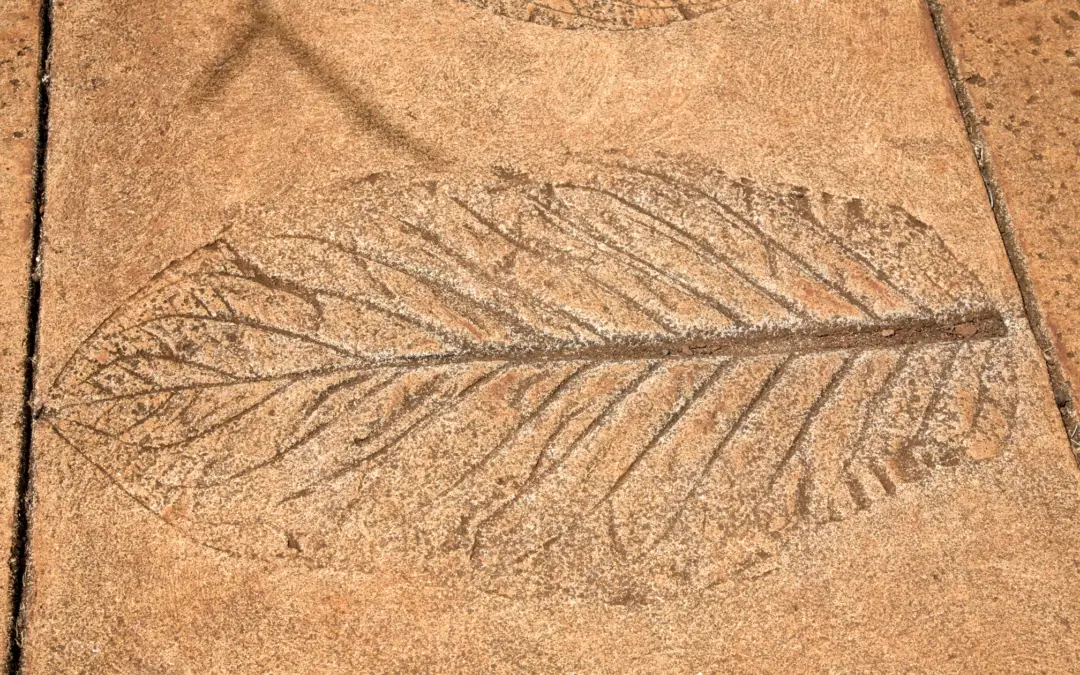When it comes to choosing the right type of concrete for your patio, there are several important factors to consider to ensure you make the best decision for your outdoor space. Two popular options available to homeowners are stamped concrete and plain concrete.
Stamped concrete is an innovative choice that offers a unique and customizable appearance, allowing you to mimic the look of more expensive materials like stone or brick without the hefty price tag. With a wide array of patterns and colors available, stamped concrete can enhance the visual appeal of your patio and complement your home’s design.
On the other hand, plain concrete is a more traditional and cost-effective option. It provides a clean, minimalist look that can fit seamlessly into any yard. While it may not have the visual flair of stamped concrete, its simplicity can be appealing in its own right.
In this blog post, we will delve deeper into comparing the two options, focusing on aesthetic appeal, cost, and maintenance. We’ll also discuss how each type can influence the overall ambiance of your patio and help you decide which option best suits your needs and preferences. Whether you’re looking for style or budget-friendly practicality, understanding these factors will guide you toward making the perfect choice for your outdoor retreat.
Aesthetic Appeal:
One of the main advantages of stamped concrete is its remarkable ability to mimic more expensive materials such as brick, slate, or stone, offering an aesthetic appeal that rivals the real thing. This allows homeowners to achieve a high-end look for their patios or walkways at a fraction of the cost typically associated with these premium materials. Stamped concrete comes in a wide variety of patterns and colors, providing endless design possibilities that can complement any architectural style or landscape design. Whether you prefer the classic look of cobblestones or the sleek appearance of contemporary designs, there’s a stamped option to fit your vision.
On the other hand, plain concrete, while having a more utilitarian and industrial appearance, can still be enhanced with various stains, textures, or finishes. These enhancements can add depth and visual interest, offering a more personalized touch. By incorporating creative design elements, plain concrete can transform into an attractive surface that aligns with your desired aesthetic, making it a versatile choice for many outdoor spaces.
Cost:
When considering the cost of stamped concrete, it’s important to note that it is typically more expensive upfront. This higher initial expense is largely due to the extra labor and specialized materials needed to create the intricate stamped patterns that mimic the look of natural stone or other textured surfaces. However, when you weigh the cost against that of natural stone or pavers, which can be significantly higher due to their sourcing and installation complexities, stamped concrete emerges as a more budget-friendly alternative.
While plain concrete is generally cheaper than its stamped counterpart, it might end up being a more costly option in the long run. This is because plain concrete can require more frequent maintenance and repairs over time, especially in areas with harsher weather conditions or high foot traffic. Overall, stamped concrete offers a great balance between aesthetic appeal and long-term value, making it an attractive choice for homeowners looking to enhance their outdoor spaces.
Maintenance:
Both stamped and plain concrete patios require regular maintenance to keep them looking their best and to extend their lifespan. Stamped concrete, known for its decorative patterns and vibrant colors, should be sealed every few years. This sealing process is crucial as it protects the color and intricate patterns from fading due to UV exposure and prevents the surface from wearing away over time. Additionally, any cracks or chips that develop on the surface should be repaired promptly to prevent water from seeping in, which can lead to further damage and deterioration.
On the other hand, plain concrete patios, while typically more durable, also need attention. They may require sealing to protect against stains and moisture, and occasional repairs to address any small cracks that might appear. Although plain concrete tends to be less susceptible to wear and tear compared to stamped options, regular maintenance is still key to keeping it in good condition. By investing time in maintenance, homeowners can enjoy beautiful and functional outdoor spaces for years to come.
Durability:
When it comes to durability, both stamped and plain concrete are strong choices for patios that can withstand the test of time. With proper installation and regular maintenance, both types of concrete can last for many years, often up to several decades, without requiring major repairs. This longevity makes them highly appealing options for homeowners looking to invest in outdoor spaces.
However, it’s important to note that stamped concrete, while visually appealing due to its textured surface and ability to mimic natural materials, may be slightly more prone to chipping or cracking. This can occur because the texture can create weak points in the material, particularly in high-traffic areas or when exposed to extreme weather conditions.
On the other hand, plain concrete is a solid choice if you prioritize longevity and durability over intricate design features. Its smooth surface is less likely to show wear and tear, making it an excellent option for those who want a low-maintenance patio that still provides a sturdy foundation for outdoor activities. Ultimately, the choice between stamped and plain concrete will depend on your specific aesthetic preferences and practical needs.
Conclusion:
In conclusion, the decision between stamped concrete and plain concrete for your patio ultimately comes down to your personal preferences and budget. If you’re looking for a custom look with endless design options, stamped concrete may be the way to go despite its higher initial cost. On the other hand, if you prefer a simpler aesthetic that requires less maintenance over time, plain concrete could be the better choice for you. Whichever option you choose, both types of concrete offer durability and versatility that will enhance your outdoor living space for years to come.

